On a sunny late-spring afternoon in 2020, Georgina Alonso stood at the intersection of Negro Creek Road and Concession 2 snapping pictures of the sign perched on a tall steel pole. She had just learned through a Google search that the road, a short drive from her mother’s house in Chatsworth Township, Grey County, was once home to a Black pioneer settlement, and she was eager to visit a place that spoke to her own experience of growing up in rural Ontario.
The visit took place in the thick of Black Lives Matter rallies, triggered by the May 25 murder of George Floyd by a white police officer in Minneapolis. Alonso, whose background is Afro-Cuban and white, was born in Toronto and raised in Flesherton in Grey County, where she had always felt separate from her local peers. “It’s implied in many ways that rural Canada is a white space, and not being entirely white was enough to make me feel like an outsider, let alone not having been born there or not having grandparents or great-grandparents who grew up in the area,” she says.
You may unsubscribe from any of our newsletters at any time.
Now, she yearned for the solidarity of the Black Lives Matter rallies. She knew from the slurs and intrusive questions she had experienced at school that racism was not simply an urban problem. But the rallies were taking place in cities, not in the country. So she did the next best thing, which was to connect with the Black heritage she had just discovered near her mother’s house. “I needed to go there for some reason,” she says. “I needed to see whatever I could see there.”
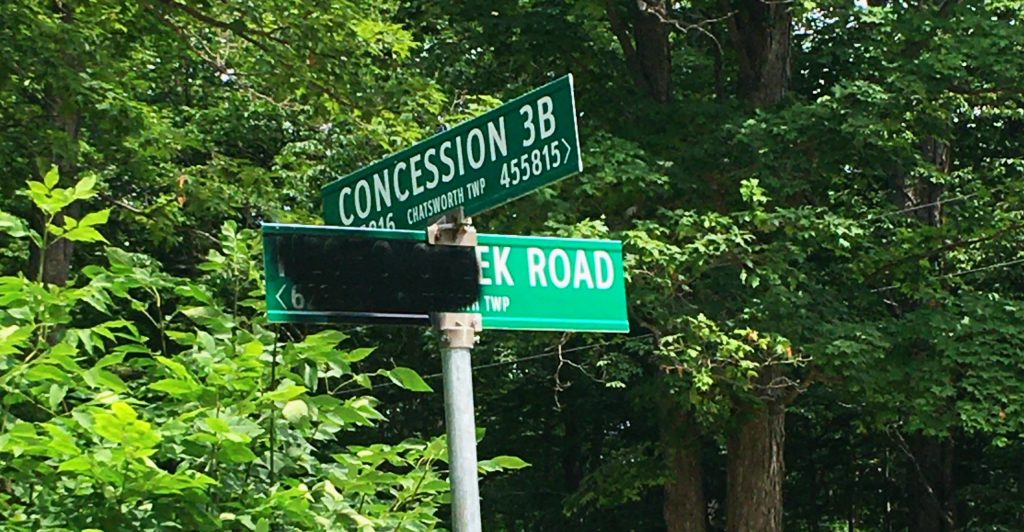
What she found, however, was disappointment. Few houses populated the narrow gravel road that runs uphill for two concessions east of Highway 6. Other than its name, no obvious indications remained of the 50 or so Black families who had once called it home. The road lacked a historic plaque or marker of any sort that might explain its name or describe the early community.
Wanting to do something about this lack of recognition, Alonso joined an effort, led by descendants of the original Black pioneers and local residents, to create permanent accounts of the road’s history. Attacks on Negro Creek’s sign have in part motivated the project. Incidents happen two to three times a year, and in January 2022, someone cut down the entire pole. Dwindling tolerance for names that use derogatory terms makes the need for explanation even more pressing.
This grassroots group is not interested, however, in changing the road’s name: more than two decades ago, many of its members fought to restore the name after the municipality had changed it to commemorate a white settler. The battle became a watershed moment in the recognition of Ontario’s Black heritage and also holds lessons for current debates around place names. “When we fail to talk about rural Black Canadians, we contribute to the erasure of Black history, present, and future,” Alonso wrote in an essay in 2020.
The dispute about Negro Creek Road erupted late in 1995 after the former Holland Township council, while finalizing details of a new rural 911 service, changed Negro Creek’s name to Moggie Road. The new name honoured Joseph Moggy, a white settler who bought 100 acres from the Crown in the area sometime in the late 1840s or early 1850s, then moved a few years later to Western Canada. (The different spellings reflect variations from the settler era.)
Carolynn Wilson first learned of the change from a local resident in December 1995. Her ancestors were among the 50 Black settler families that had established homes in and around Negro Lake and Negro Creek Road in the mid-1800s. Many of these pioneers had escaped slavery in the United States and arrived via the Underground Railroad (Owen Sound, a few kilometres north, was the northernmost terminus of the railroad). Others were free, and some of these settlers may have been former soldiers who had received land as a reward for their service in the War of 1812.
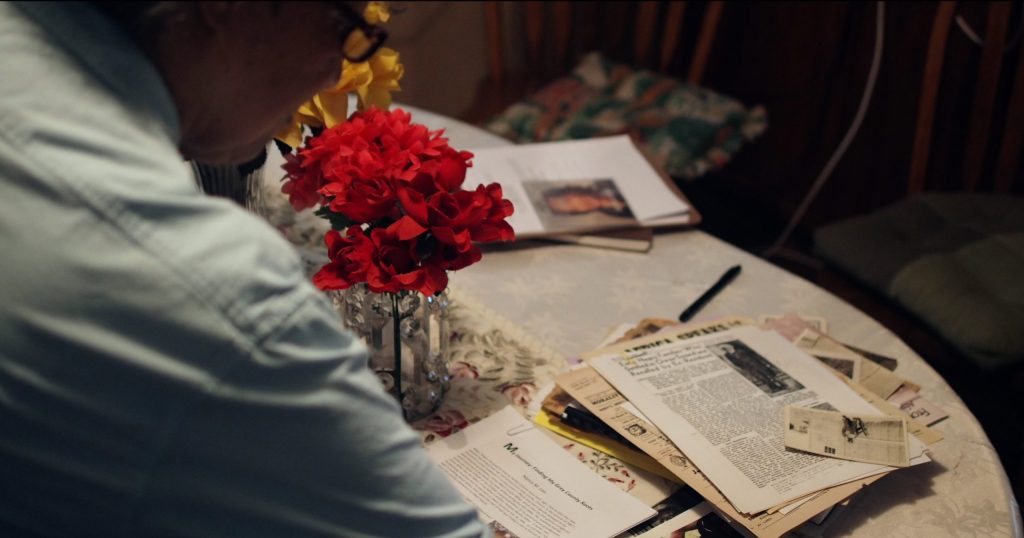
Some settlers farmed; others worked as labourers or mined marl (used in cement production) from a nearby lake. Between about 1860 and 1880, however, the community at Negro Creek vanished. “You were pretty well forced to leave, from what I have heard,” says Dennis Scott, another descendant of the original settlers. Local laws made it “cumbersome for Blacks to continue on with their livelihood there,” he explains. Most families gravitated to urban centres in the region, such as Owen Sound and Collingwood.
Names of nearby lakes, a creek and the road continued to signal their early presence, but local knowledge of the community soon disappeared. Black heritage wasn’t discussed in area schools, and it was mentioned only passingly in Holland Township’s official history published in the 1980s. People who moved to the area in the later decades of the 20th century had no idea how the road and landscape features had come by their name, and some offered explanations of their own invention. In notes on file at the Grey Roots Museum & Archives, the late Anna Scott, a road resident, wrote in the mid-1990s: “People asked us when visiting 30 years ago, ‘Why Negro Lakes, why NCR?’ — well, it’s a very dark lake, and the creek feeds it.”
Wilson, who is curator and, along with her sister, Sylvia, co-owner of the Sheffield Park Black History and Cultural Museum in Clarksburg, Ont., had an uneasy feeling about renaming Negro Creek Road. At the time, the sisters were involved in the restoration of a Black pioneer cemetery that had been converted to cropland after the families of the original Black settlers left. The farmer had dumped the headstones along a fenceline. Some people used them as building materials; one was even stolen to serve as home plate in the local baseball diamond.
The Wilson sisters saw the name change as perpetuating the same troubling pattern of erasure. No public meeting had taken place to discuss the change, and no effort was made to consult the area’s Black community, even though many descendants lived nearby.
The sisters became determined to do something about the situation. On the night Holland Township council was next scheduled to meet, they and other family members drove an hour from Collingwood through snow, fog and rain to attend. There, in the cramped meeting chamber, they added their voices to those of residents and other descendants of the early settlers and demanded council change the name back.
Council refused. Brian Saunders, the township’s reeve, told local reporters following the meeting that the word “negro” was offensive and that the new name reflected both the Black and white heritage of the area. It would cost too much to reverse course, he added. Yet when residents along another road whose name had been changed complained, council quietly changed it back.
Within days, the conflict escalated. The Ontario Historical Society weighed in, calling for the old name to be returned. Again, council refused.
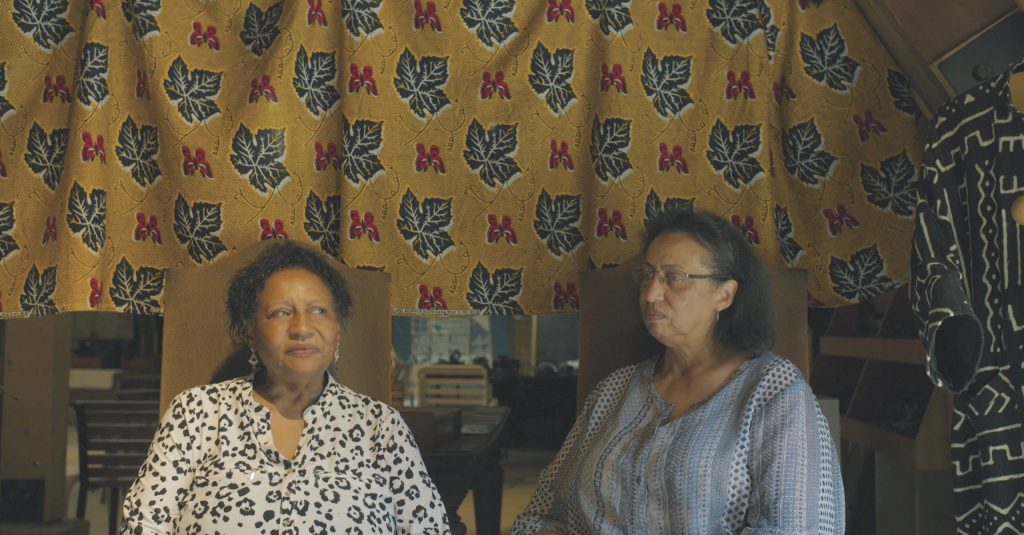
Some councillors suggested other ways to memorialize the Black pioneers, such as erecting a historical cairn — but warned that members of the protest group would have to pay for it, and the new name would remain.
Proponents of the old name liked the idea of a cairn — in addition to the road name, not as a substitute. “Why is the Negro community any less a settlement than the Moggie community?” countered Bonnie Johnson, another Black pioneer descendant, in the press.
By January 1996, the road’s residents and the Black settler descendants had compiled a petition of at least 500 local signatures to restore the former name — equivalent to about 17 percent of the township’s population. Eventually, they collected thousands more from across North America, including from Indigenous communities. The late Lincoln Alexander, the first Black lieutenant governor of Ontario, wrote a letter of support.
Five months later in May, council still hadn’t budged, and Carolynn Wilson filed a written complaint with the Ontario Human Rights Commission. “I believe that by changing the name of the road in preference of a transient white settler has the effect of denying the former and present Black people as well as all other residents of this community, landmarks that represent their heritage,” she typed on the complaint form.
The prospect of the commission intervening alarmed Bill Coke, one of the township councillors. The road had never been officially named, he claimed, adding that some residents favoured the new moniker. Meanwhile, the editor of the Markdale Standard challenged the right of the protesters to weigh in because they were outsiders — “black people from Collingwood, Toronto and other places,” he wrote.
Descendants and residents countered these critiques by digging up old maps showing the road’s name and collecting oral histories. “People might say turn at Lizzie’s road, or go past Wilson’s corner, but that was just to locate you — everyone knew the overall road was NCR,” Anna Scott wrote as she was collecting residents’ names for the petition.
With no resolution in sight, the Ontario Black History Society organized a protest march along the road in June 1996. The demonstration attracted a busload of people from Toronto, as well as descendants and residents. “It is about how we as proud people of African descent will not allow a symbol testifying to our early presence to be changed,” Rosemary Sadlier, the society’s president, told reporters.
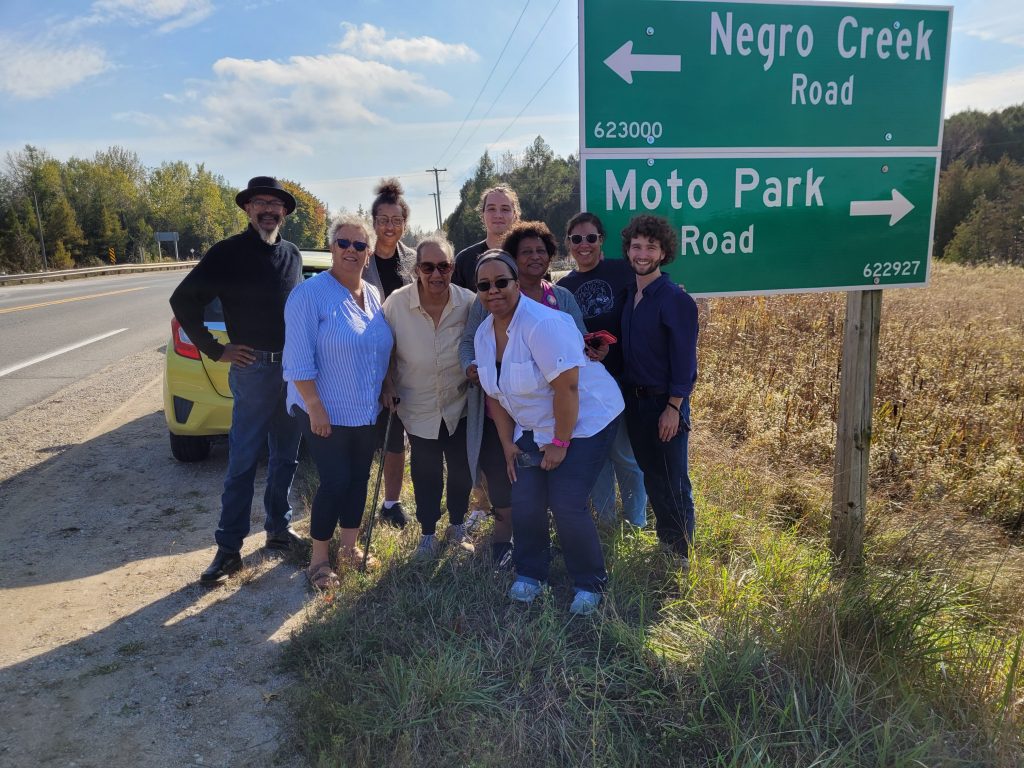
Finally, in December 1997, nearly two years to the day that residents and descendants had first confronted council, the commission announced the township had agreed to change the name back. The Wilson sisters see the fight to restore the name as a milestone for Black heritage in Ontario. “It was more than just a little settlement; it was more than just a county,” says Sylvia. “This was going to be a message: if they denied that for Negro Creek, other areas who might not have voices would also be overlooked, erased.”
As the years passed, however, awareness of the conflict dimmed. Institutional knowledge was lost when Holland Township folded into the municipality of Chatsworth. Residents along the road moved on; others moved in. Twenty-five years after the conflict erupted, most residents had once again forgotten the road’s earliest settlers — and the 1990s fight to retain its name.
Ben Heywood-MacLeod grew up a few concessions west of Negro Creek Road, and as a youth had no idea that Black pioneers had once lived there. After returning from university in 2020, still unaware of the history, he found the name repellant. He remembers thinking, “It’s a racist sign. It has to come down.” But before making a complaint, he decided to find out how the road came by its name.
As he learned about the road’s past, Heywood-MacLeod, who is white, recognized the name’s importance to the pioneers’ descendants. Instead of pushing for renaming, he decided to produce a short film about the road. Then, in fall 2021 and with the aid of a community development fellowship from the Pathy Foundation, he began to help co-ordinate the effort now underway to preserve its history.
Heywood-MacLeod sees the project as a form of reconciliation and transformative justice for the way the early Black settlers and their descendants were treated. It’s bringing Negro Creek “back into collective memory,” he says, recognizing that “there was harm done to this community.”
Many of those involved say better access to the historical details will help foster understanding locally, and possibly curb some of the vandalism. “I feel that people have to be educated; education goes a long way, you know?” says Gael Miller-Jackson, a descendant of the Black settlers.
More on Broadview:
- Impact of ‘Eskimo disc system’ on Inuit brought to light in new book
- Castleton Massacre survivor co-authors memoir
- Historic Black chapel may finally get proper recognition
Scott Mackey, Chatsworth’s mayor, also sees education as a way to deter vandalism. Interviewed in April, he said the municipality planned to contact the federal and provincial heritage ministries to partner on a plaque or a monument to commemorate the early Black community. “This council wants to continue to promote and educate the population on the roots of the settlement there,” he said. Mackey added that the municipality is not involved in the grassroots community effort but is aware of it.
Nevertheless, the effort to preserve the road name runs counter to a growing trend throughout North America to replace the word “negro” on roads and landscape features. In February, for instance, the United States government announced a plan to replace hundreds of derogatory place names throughout the country. In Canada, the names of several roads and natural features in Nova Scotia, New Brunswick and Quebec have already been changed or are in the process of being changed.
Complaints prompt most changes. Even if people recognize that there are contexts in which the term “negro” may be seen as acceptable, there are worries that the presence of these names encourage the use of unacceptable racial slurs.
Ralph Thomas of the New Brunswick Black History Society says a farmer’s complaint motivated the society to spearhead name changes for nine roads, watercourses and landforms throughout the province between 2014 and 2019. At the market where the farmer sold her produce, customers often asked where she lived, and when she told them Negro Brook Road, “they would say the N-word,” Thomas says. “That really [agitated] this dear lady to the point where she said, ‘Hey, I don’t ever want to hear that ever again.’” The society facilitated a change to Harriet O’Ree Road. “We took that name because she was one of the ladies who lived there [in the Black settlement] and worked in that neighbourhood for different folks,” Thomas says.
Rekeisha George, who lives in Montreal, organized an online petition in 2020 to protest offensive place names in Quebec. Many of these geographical names, some in French and others in English, used the N-word. “[I was] surprised the names existed,” she says, adding that the discovery came on the heels of Premier François Legault denying systemic racism existed in the province.
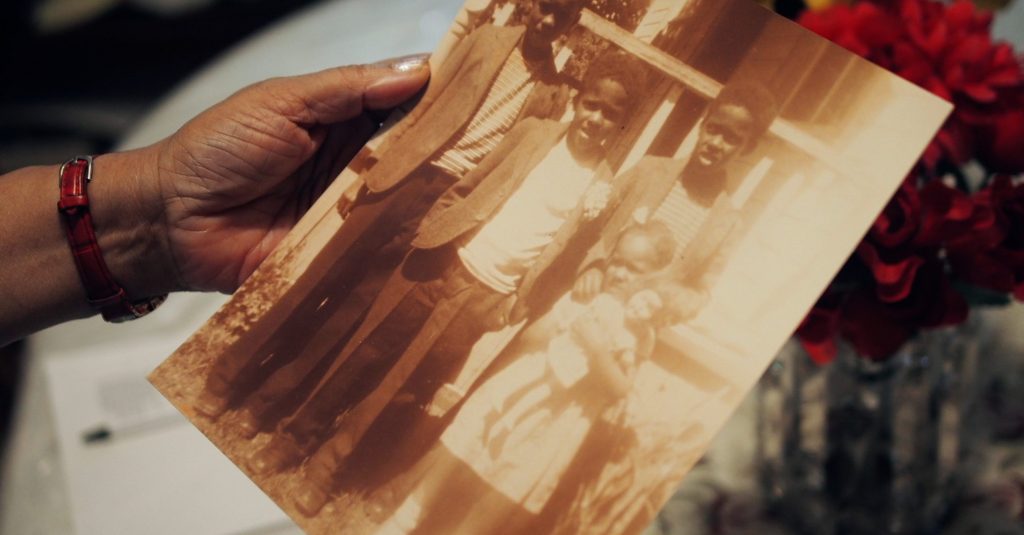
According to a July 2020 CBC article, the province had removed 11 of the names in recent years but had not yet found new ones for 10. Consequently, private companies that provided online maps used the former names.
George says she accepts that the word “negro” in a name can possess a relevant historical context. “These people lived in these areas; sometimes they were really, really small remote communities,” she says. “It’s important not to forget them.”
But such names need to be accompanied by an explanation to add context. As George points out, they don’t commemorate individuals. The names instead reflect “something that was associated to a group of people that is usually associated to a colour. So it’s remembering them, but it’s also still insulting and erasing them at the same time.”
George Elliott Clarke, a former parliamentary poet laureate of Canada, is among several Black historians, writers and academics who object to the renaming process. He grants that original names should be revised “if they happen to use inglorious epithets, but I do think that the historical presence should be respected in those toponyms, on the maps, and if markers and plaques can be erected, they should be erected to represent the fact that Black people were there; Black people lived there.” White Canada exercises racism by erasing history, he says. “We are very, very skilled at erasing Black presence, to the extent that almost everybody is surprised whenever the fact is stated again that there was slavery in Canada.”
Alonso says she could take or leave the name Negro Creek but appreciates how it is valued by the descendants of the road’s early settlers as a heritage marker. “If it was called something that doesn’t have an obvious connection to Black history, then it might not have the same impact,” she says.
In late May, the committee that Alonso is part of erected a commemorative plaque on Negro Creek Road at the intersection that has been the greatest focus of vandalism. They decided not to wait for council to take action and proceeded on their own. Direct descendants developed the wording and art, and the plaque sits on the fenceline of a neighbour who will steward it. The plaque provides information about the original Black settlers and instructs passersby how to access online biographies of the settlers. “Since it was erected in May, there have been no further instances of vandalism,” Heywood-MacLeod, the group’s co-ordinator, says. A Chatsworth spokesperson confirms the absence of vandalism since the plaque was installed and notes the municipality is proceeding with its own plans for a plaque, which will be erected in 2023.
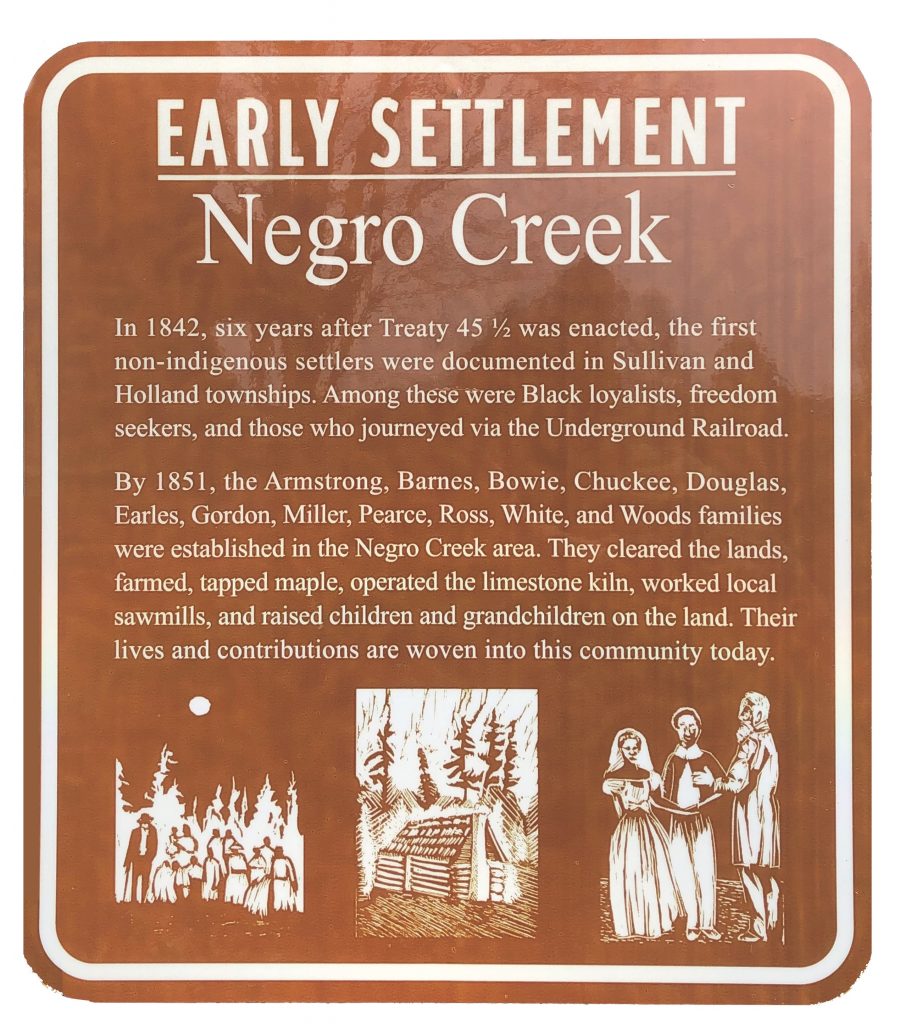
Alonso hopes that Negro Creek Road becomes a space where people can visit and contemplate the history and their connection to it. She would also like to see something that recognizes the region’s original occupants, the Saugeen Ojibway Nation, and to have a portion of the land there returned to the First Nation.
Being a part of the group project has helped Alonso rethink her relationship to Grey County. “I thought I would never move back there, and I’ve changed my mind a little bit,” she says. “There is a diversity of people there and lots of people I can make connections with even if they are not part of the mainstream dominant culture of the area.”
Recognizing diversity in the past strengthens rural communities’ future as their demographics change, she adds. “I think maybe it’s easier to see a possibility of belonging.”
***
Mary Baxter is a writer and a master’s student in history at Western University in London, Ont.
This story first appeared in Broadview’s January/February 2023 issue with the title ”What’s in a name?“

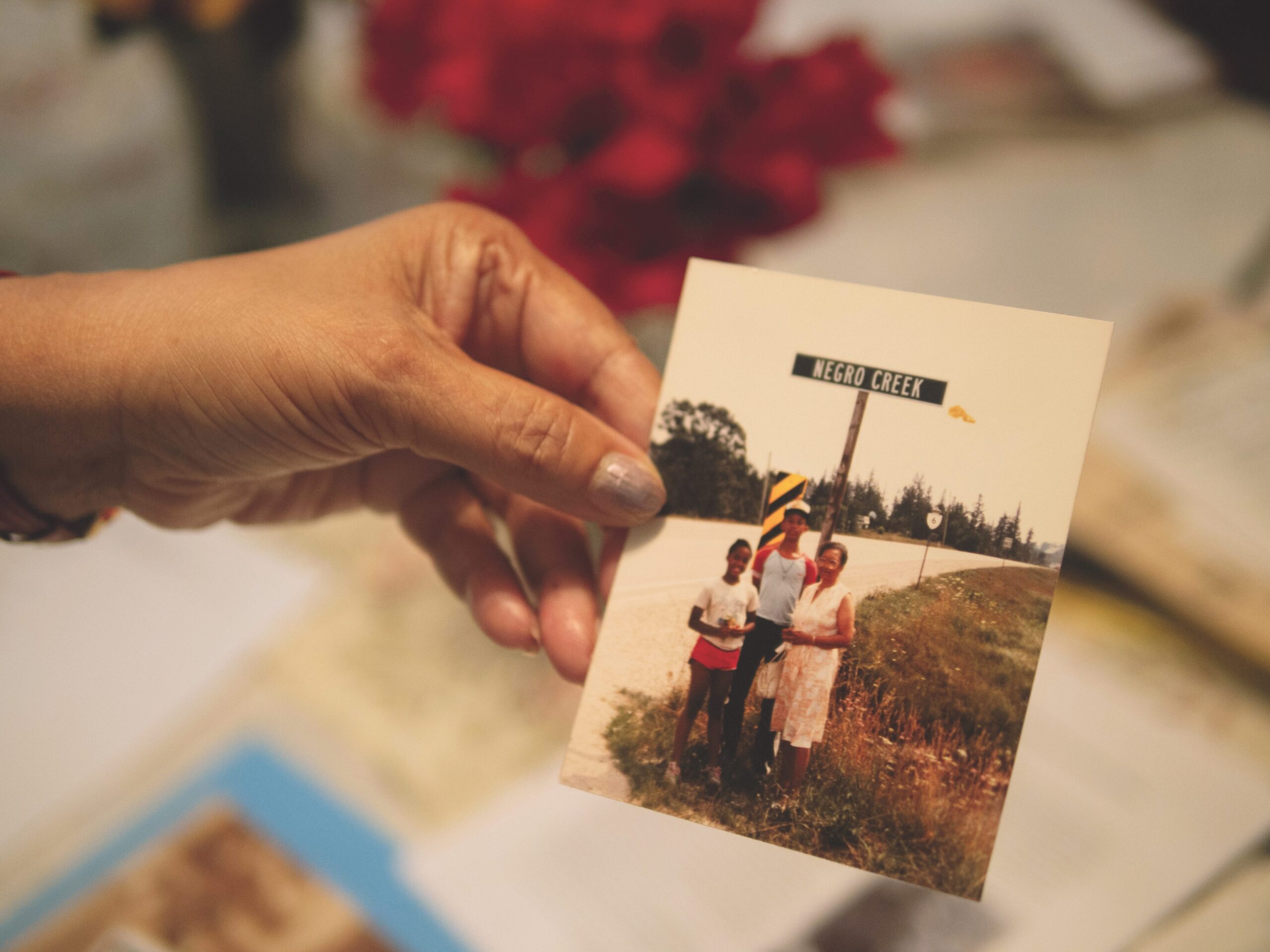








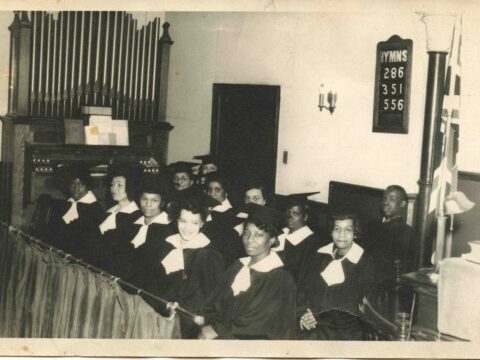




I am intrigued by the framing of Black communities trafficked to Turtle Island by British settler colonists as ‘pioneers and settlers.’ Many conversations have been had about what constitutes settlerhood and with a bit more research perhaps the author would have come across solidarity writing between two structurally subjugated communities that highlights that descendants of enslaved Africans trafficked to Turtle Island would and could not be considered settlers. What work is this framing doing in the public imagination amidst conversations about land back, Indigenous sovereignty, and reconciliation for European settler colonial violence?
Insightful and poignant reminder of history to not be forgotten. Trans Atlantic slaves from Africa fleeing slavery in the USA. Following the Big Dipper (otherwise know as the Drinking Gourd) constellation to permanently settle in Canada. Establishing homes and communities amidst racism and leaving a legacy. Thanks to this article their history is not forgotten!
The Negro Creek settlement will be commemorated by a stone monument at the corner of Highway #6 and Negro Creek Road. The Township of Chatsworth committed to erecting the monument “as early as this summer” in a decision made following a deputation by descendants and supporters this week. https://www.owensoundsuntimes.com/news/local-news/negro-creek-settlement-to-be-commemorated-with-monument